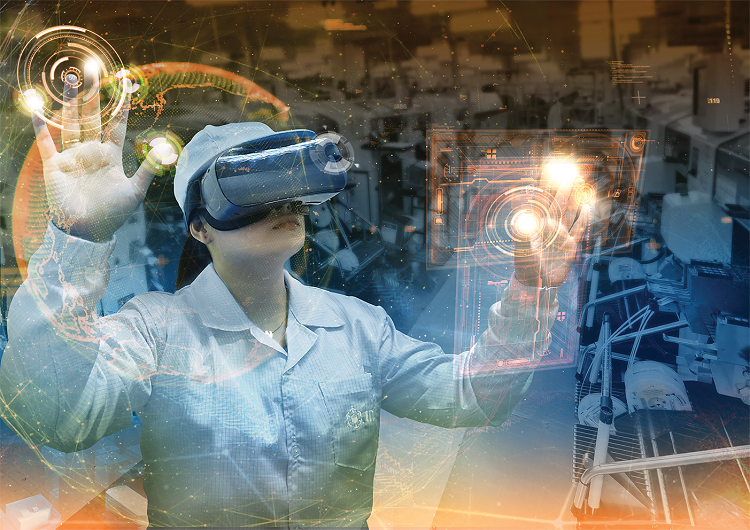How Augmented and Virtual Reality Will Change Global Manufacturing

September 5, 2019 Philippines - Driven by rapid technological advancements, the global manufacturing industry is yet again set for another change due the increasing integration of augmented reality (AR) and virtual reality (VR) technologies into the manufacturing landscape.
AR is an enhanced version of reality created by the addition of digital elements to a live view usually by using a camera or a smartphone. Meanwhile, VR is a broad term for a complete multi-sensory computer-generated experience through several VR devices.
Although both technologies have been around for a few decades already, the extremely high development costs did not allow it to find its way into the commercial world and the global manufacturing industry until recently.
Manufacturers, especially its early adopters, can affirm that the functionalities of these two technologies have great positive effects on the industry and are causing significant transformations. See how AR and VR will change global manufacturing here.
Enhancing maintenance
Maintenance directly influences performance, productivity, and product quality which makes it one of the most important factors in global manufacturing. Luckily for the industry, AR and VR technologies can help enhance maintenance by providing technicians with real-time superimposed digital information about a piece of equipment or machine which allows them to have a visualization of different parts of an equipment and have remote access to other relevant materials while working.
Aside from that, the two technologies also reduce human errors that could happen during maintenance which not only ensures better performance but also better product quality.
Addressing the labor shortage and skills gap
The global manufacturing industry has been facing a shortage of skilled workers for years and it is expected to get worse soon. In fact, in a study conducted by Korn Ferry in 2018 called Future of Work: The Global Talent Crunch, it is predicted that the abundance of manufacturing talent in China and Russia will drive a global surplus of highly skilled manufacturing workers until 2020. However, all countries except India will face deficits in highly skilled labor in manufacturing come 2030 due to retiring workers, economic expansion, skills gap, and other factors.
Fortunately, AR and VR can contribute a lot to improving the training programs for entry-level employees and even experienced workers that need assistance with new technologies. Not only can both technologies provide real-time information during operation, but they also allow employees to have a virtual experience of their task before doing the actual process in order to have a better understanding of their work.
Although traditional training methods and examinations are already in existence, AR and VR, especially AR, also make skills evaluation much more accurate than before by combining hands-on examinations with automatic collection of data from exams. This is beneficial for both the company and employee as it increases the value of each worker.
Improving efficiency
Ultimately, AR and VR positively affect the global manufacturing industry by improving efficiency through speeding up processes such as training and maintenance by serving as a connection between the manufacturers and the equipment. With improved efficiency, they also reduce production costs and make way for an increase in profit margins.
It may still be too early to know for sure how revolutionary the AR and VR technologies could be to global manufacturing, but like with extreme vision technology, it is safe to say that they are becoming a mandatory technology in manufacturing and will surely push the numerous EMS Company in the Philippines and whole industry through its limits.
Image source: https://pixabay.com/photos/vr-virtual-virtual-reality-3460451/
Other Blog


